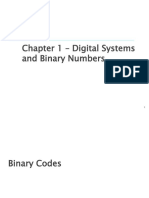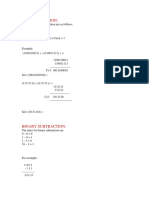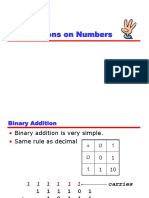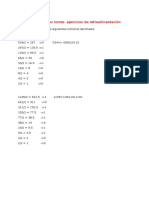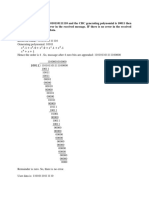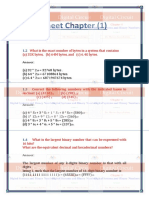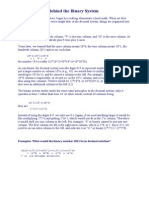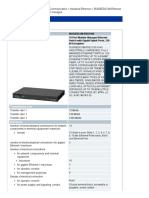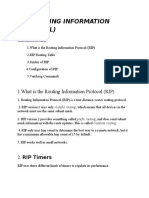0% found this document useful (0 votes)
15 views20 pagesPart 3 CH 2.10-2.12 - Recorded Presentation
pk
Uploaded by
matlalaboetie28Copyright
© © All Rights Reserved
We take content rights seriously. If you suspect this is your content, claim it here.
Available Formats
Download as PPSX, PDF, TXT or read online on Scribd
0% found this document useful (0 votes)
15 views20 pagesPart 3 CH 2.10-2.12 - Recorded Presentation
pk
Uploaded by
matlalaboetie28Copyright
© © All Rights Reserved
We take content rights seriously. If you suspect this is your content, claim it here.
Available Formats
Download as PPSX, PDF, TXT or read online on Scribd
/ 20

